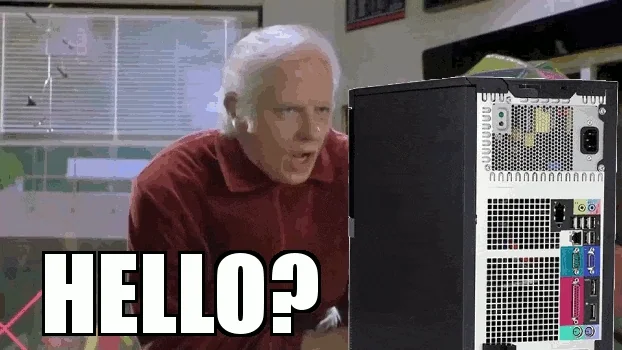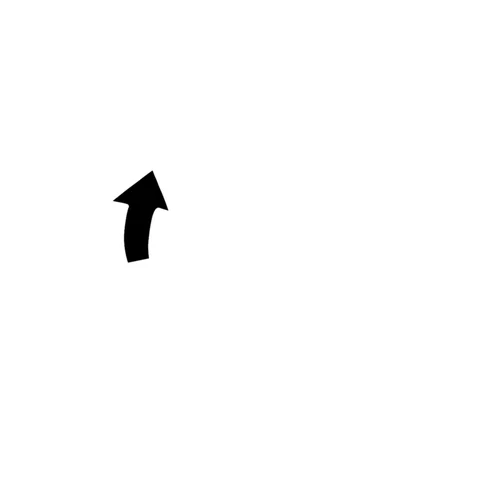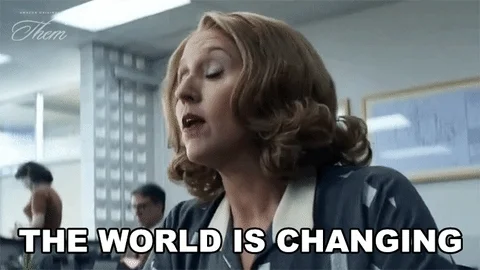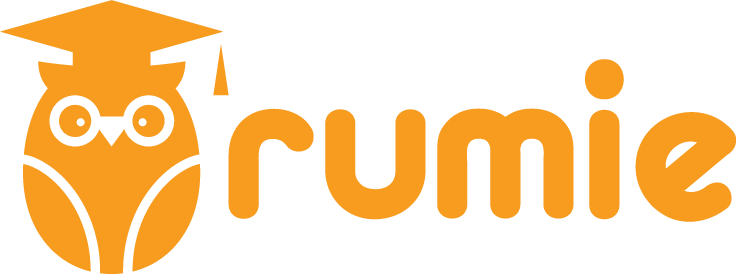Ever heard of computational thinking? 🔍
Computational thinking (CT) is a problem-solving skill that helps you break down complex issues into smaller, manageable steps. It involves thinking like a computer scientist by finding patterns and using algorithms to find efficient solutions.

CT isn't just for programmers. It helps in everyday life and across different careers! Explore the three key benefits of computational thinking and practice them in your daily life.
1. Generate Reusable and Efficient Solutions
Have you ever solved a problem and then had to solve it again in a slightly different way?
Computational thinking helps you find smart solutions that can be applied over and over again. Instead of starting from scratch each time, you can develop a method that saves time and effort.
 This is why programmers create algorithms. They break down problems into organized steps that can be repeated. But it's not just for coding! People use computational thinking in math, science, cooking, and even planning events to create efficient and reliable solutions. 💡
This is why programmers create algorithms. They break down problems into organized steps that can be repeated. But it's not just for coding! People use computational thinking in math, science, cooking, and even planning events to create efficient and reliable solutions. 💡
Watch the video below to see what skills are needed to use computational thinking in our daily lives:
2. Boost your Creativity by Thinking Outside the Box
Computational thinking isn’t just about numbers and logic — it’s also a superpower for creativity! It helps you experiment with new ideas, find unexpected solutions, and create innovative projects.
 Photo by Dstudio Bcn on Unsplash
Photo by Dstudio Bcn on UnsplashWhether designing a game, making an art piece, or even writing a story, computational thinking helps you organize ideas and make things work efficiently. Many creative professionals use patterns, sequencing, and problem-solving techniques to bring their visions to life! 🎭✨
Meet Zara, a game designer. 🎮
 Photo by Microsoft 365 on Unsplash
Photo by Microsoft 365 on UnsplashZara uses computational thinking in her workplace. She's making Dragon Warriors, a game where dragons race through the sky! 🐉
Zara noticed that players kept crashing at the same spot. Zara spotted a pattern: the wind was too strong near the volcano! Instead of just removing the challenge, she creatively added windshields to protect the dragons. By using CT, Zara turned frustration into fun. That’s the power of computational thinking!
3. Get Future Ready: CT is Everywhere!
The world is changing fast — faster than ever before. Many of the jobs that students will have in the future haven’t even been invented yet! Whether it's being a drone operator, blockchain analyst, social media influencer, or AI ethics officer, these roles were hard to imagine just a few decades ago.

That’s why schools today are shifting from just memorizing facts to teaching higher-order thinking skills like computational thinking.
CT helps learners become adaptable, flexible, and ready to face new challenges—no matter what the future brings. It trains your brain to think logically, creatively, and analytically — the kind of thinking that will be valuable in any future career. 🌐 💼
Quick quiz: How would you use computational thinking? 🤔
Imagine you are a drone operator in the future. How could you use computational thinking in your job? 🚁
A. Memorize all the names of drone parts without thinking about how they work together.
B. Guess a path for the drone and hope it avoids obstacles along the way.
C. Break the flight mission into clear steps, look for problems, and find smart ways to fix them.
D. Fly the drone without planning and react if something goes wrong.
Quiz
Choose the best answer:
Use CT in your Daily Lives!
CT is all around you, and there are many fun and actionable ways to use it in your daily life. It’s about thinking clearly, breaking things into steps, and noticing patterns in everyday tasks. 🧠✨

Here are simple ways you can apply CT today:
Getting ready for school? List and order your morning steps — wake up, brush teeth, pack lunch, check your schedule. 🕒 🎒
Helping with dinner? Follow or write down the recipe as instructions with detailed steps. 🥘 📋
Tidying up your room? Group similar items together and sort them using categories (books, toys, clothes). 🧸 👕
Solving a disagreement with a friend? Use CT to understand the problem, think of possible outcomes, and pick the best action. 💬 🧩
Take Action
Computational thinking is more than a tech skill. It's a way to think clearly and creatively, break down problems, and build confidence in solving them.
It helps you in school, in relationships, and prepares you for the future. Whether you're organizing your day or inventing something brand new, CT gives you tools to think smart and stay curious. And best of all, you can start practicing it right now, wherever you are! 💡

Explore and practice CT throughout your day:
Your feedback matters to us.
This Byte helped me better understand the topic.
